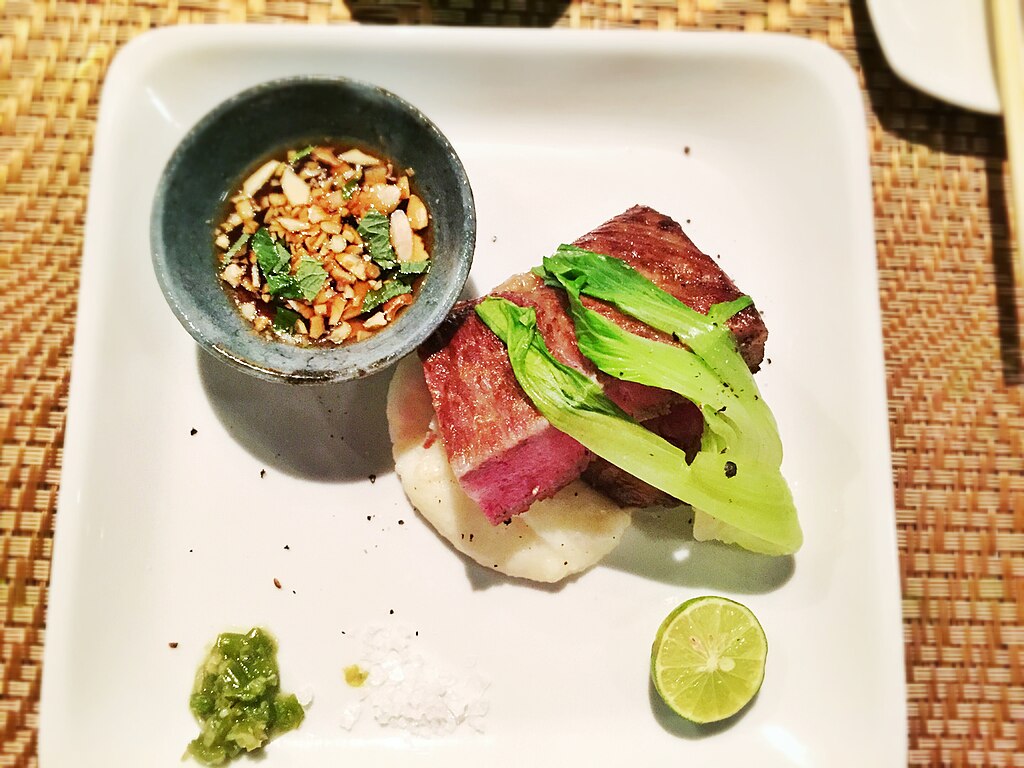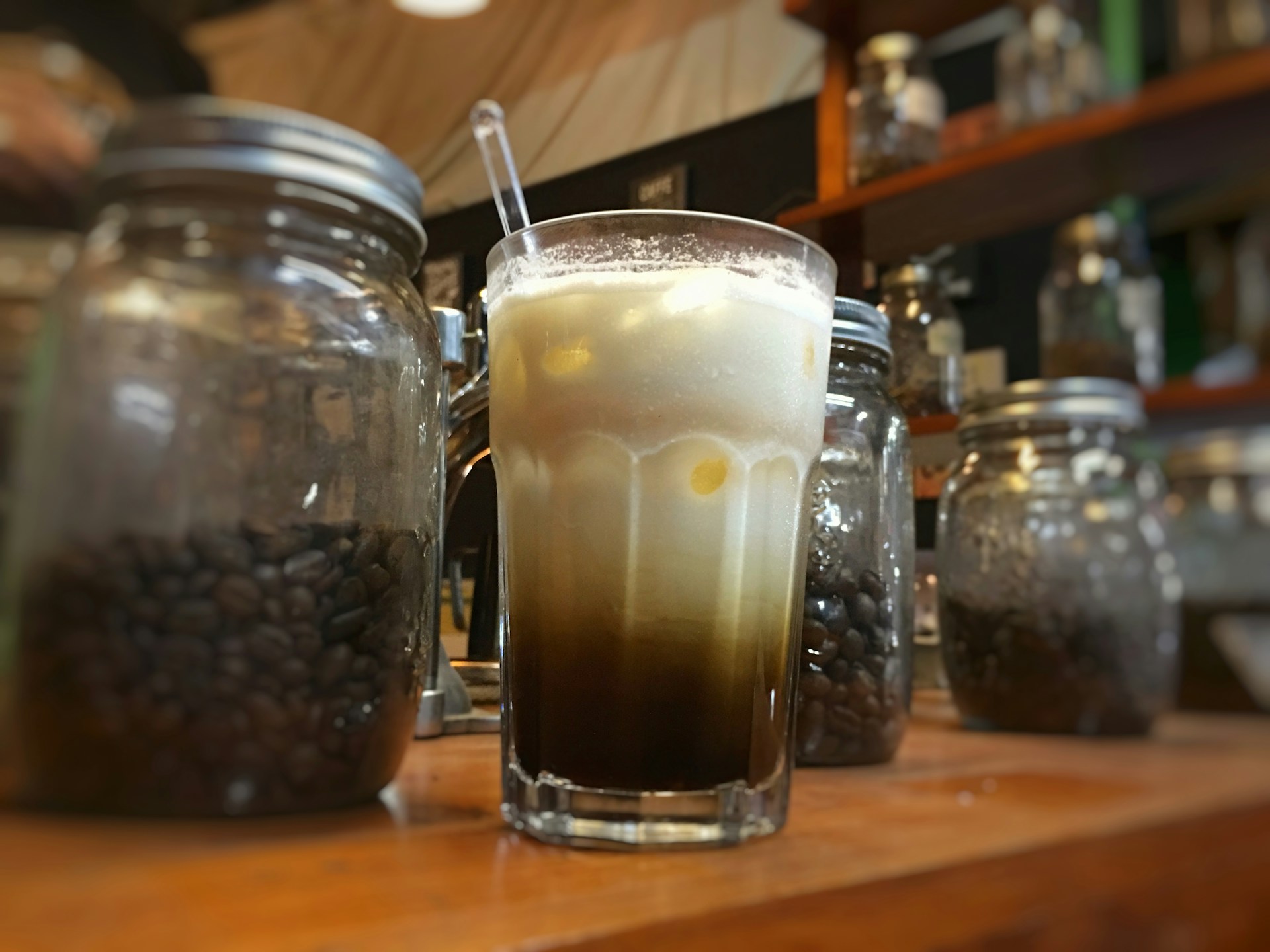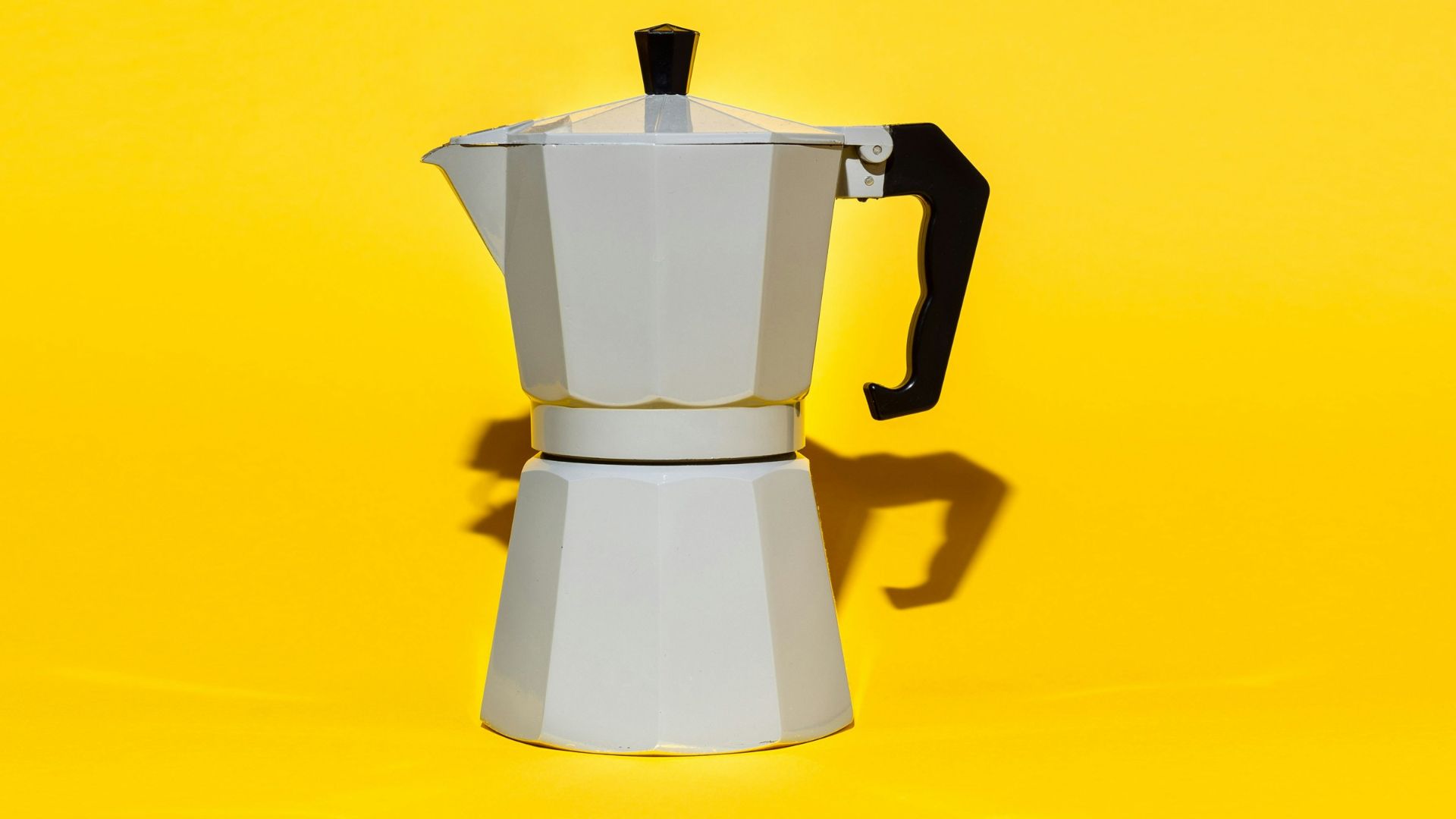All food is delicious, but let's be honest, some food just seems more luxurious and elusive than others. Whether it's because we see rich people eating them in movies or shows, or because society has led us to think a certain way, there are some foods that are just associated with the rich while others as considered to be "poor people's food." Let's learn what some of those are today.
1. Potatoes
Both versatile and affordable, it's easy to see why potatoes are an iconic "poor man's food." They can be baked, mashed, fried, or boiled, offering new and different ways to enjoy them each and every time. Is it even possible to get bored of them? As a staple in many households worldwide, it also helps that they're rich in vitamins and minerals, offering consumers nutritional value but at a low cost.
 Photo by Immo Wegmann on Unsplash
Photo by Immo Wegmann on Unsplash
2. Beans and Lentils
Like potatoes, beans and lentils are another quintessential poor people's food. Thanks to their low cost, high nutritional value, and incredible versatility, you can use these super foods in a variety of dishes. The best part? They're incredibly rich in protein, fiber, and essential nutrients, ensuring that you're getting loads of health benefits too.
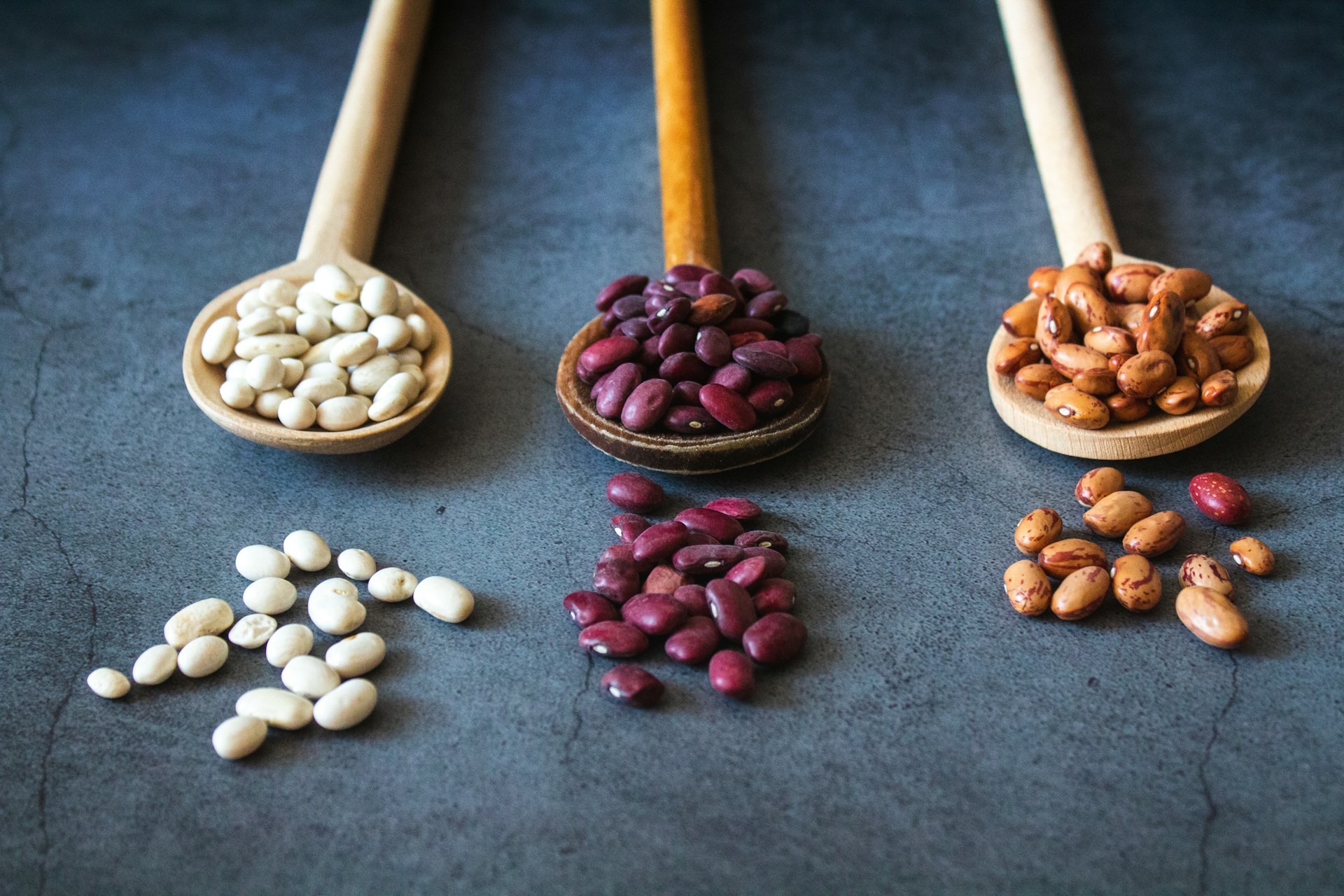 Photo by Tijana Drndarski on Unsplash
Photo by Tijana Drndarski on Unsplash
3. Rice
Especially common in countries in Asia and Africa, rice is a must-have staple. A large portion of the world's population eats this on a regular basis after all! Not only is it inexpensive, but it can be very filling, especially if you combine it with other ingredients to create a complete meal. So for those on a tight budget, rice is a great, reliable go-to option for keeping the family fed and happy.
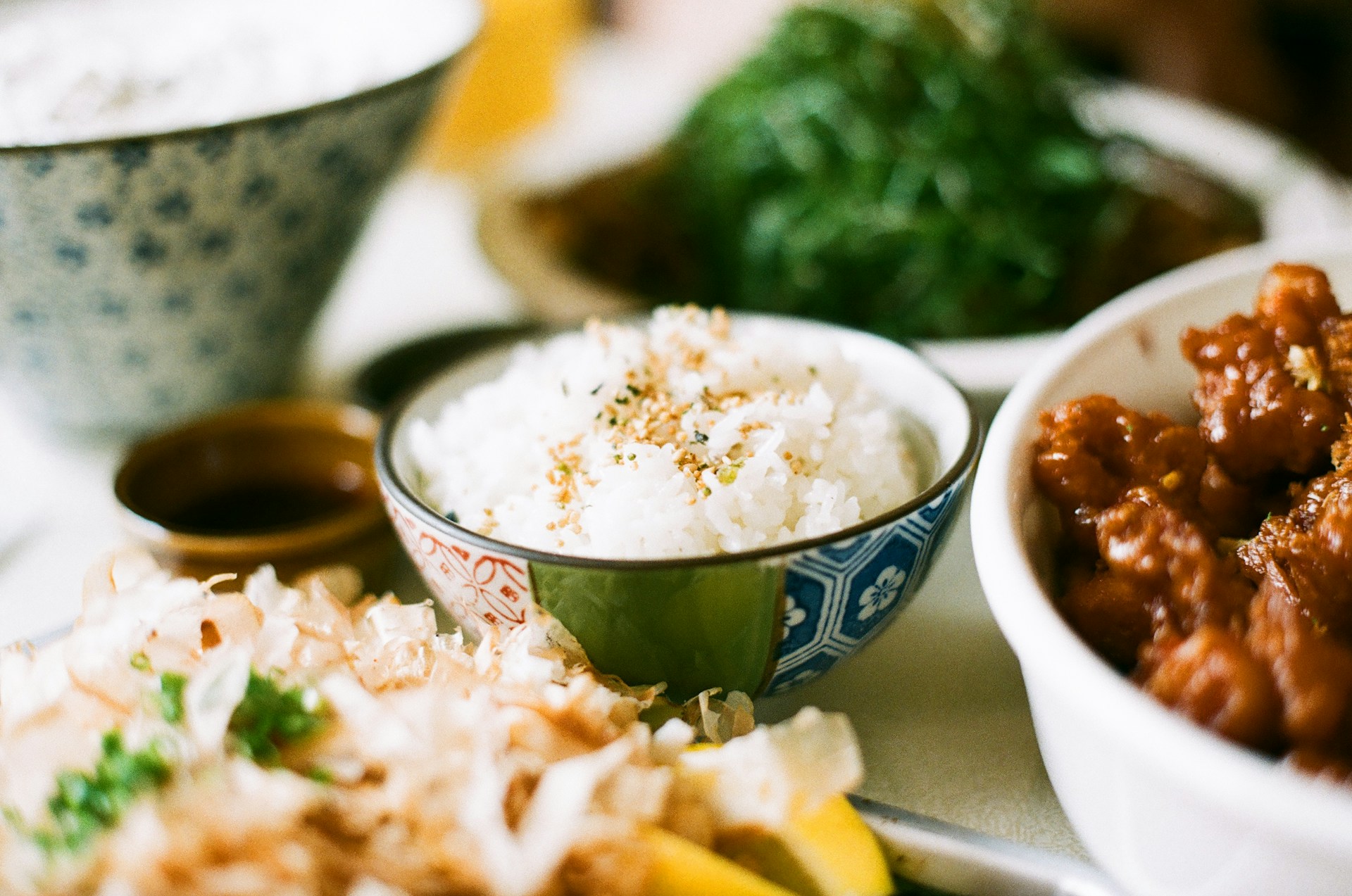 Photo by Chanhee Lee on Unsplash
Photo by Chanhee Lee on Unsplash
4. Pasta
Cheap, delicious, and ready in no time, pasta is a no brainer when it comes to affordable buys. It's a staple food that can be found in many low-income households all around the world, and it makes sense, given its ability to be used in numerous ways. Just pair it with some equally affordable store-bought pasta sauce for a meal that costs very little but is still tasty!
 Photo by Nerfee Mirandilla on Unsplash
Photo by Nerfee Mirandilla on Unsplash
5. Canned Tuna
Just because it comes from a can doesn't mean it's not good! Canned tuna is a cheap and easy way to get a good source of protein that's not just easy to store, but can help you make a variety of tasty dishes too. Throw it in a sandwich, a salad, or a casserole for a nice addition that won't cost you much at all.
6. Oats
Oats check off the two most important boxes of whether it's nutritious and affordable, so really, what more could you ask for? Oats are a superstar ingredient. You can prepare it in so many different ways, sweet or savory, and honestly, you'll have fun experimenting with it too. They're already rich in fiber, but if you top it off with some fruits, nuts, or honey, you'll be able to enhance both its flavour and nutritional value too.
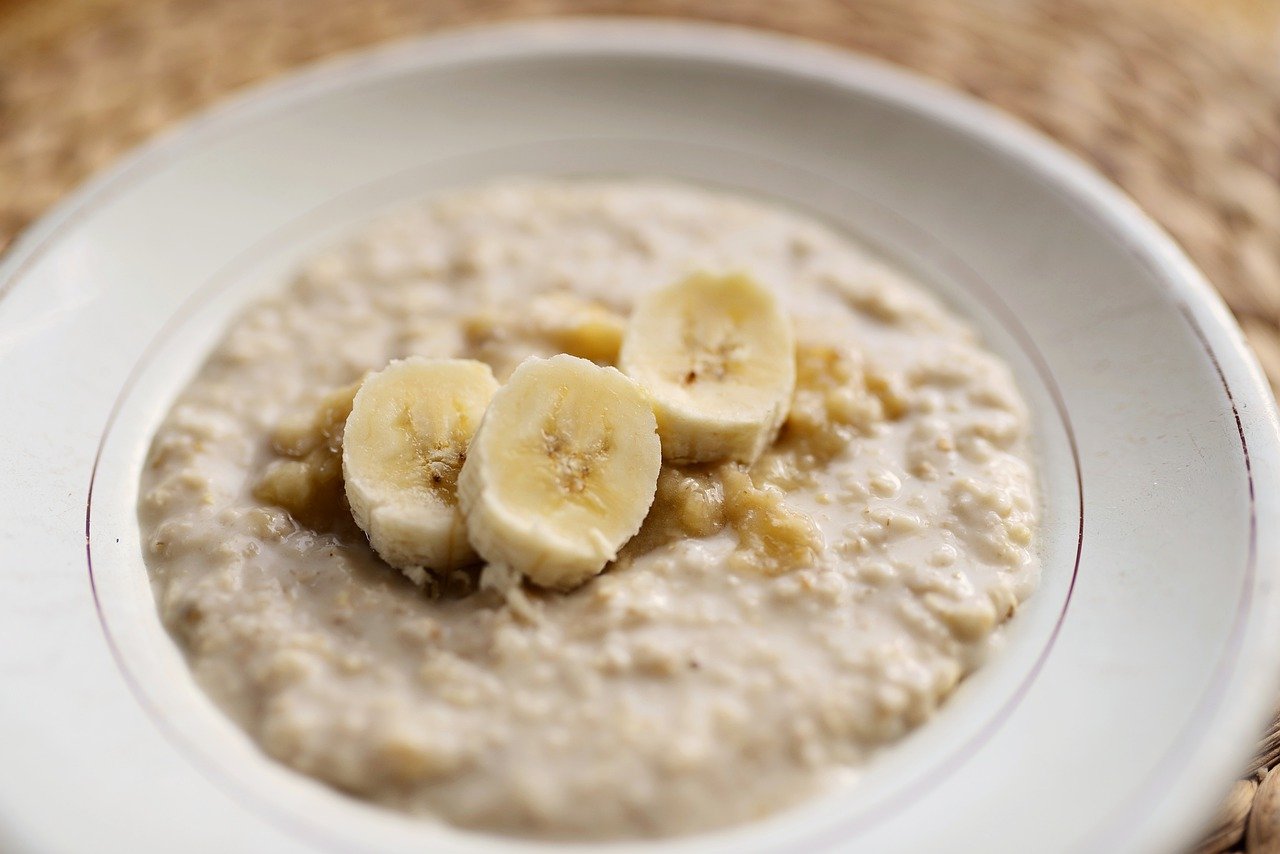 Image by congerdesign from Pixabay
Image by congerdesign from Pixabay
7. Eggs
You probably hear all the protein lovers constantly raving about eggs, but it's for a good reason. As one of the most affordable sources of high quality protein, eggs are every man's best friend. When it comes to food that is. With so many different ways to cook them, whether it be scrambled, fried, boiled, or poached, eggs are just one of those ingredients that make any meal so much better.
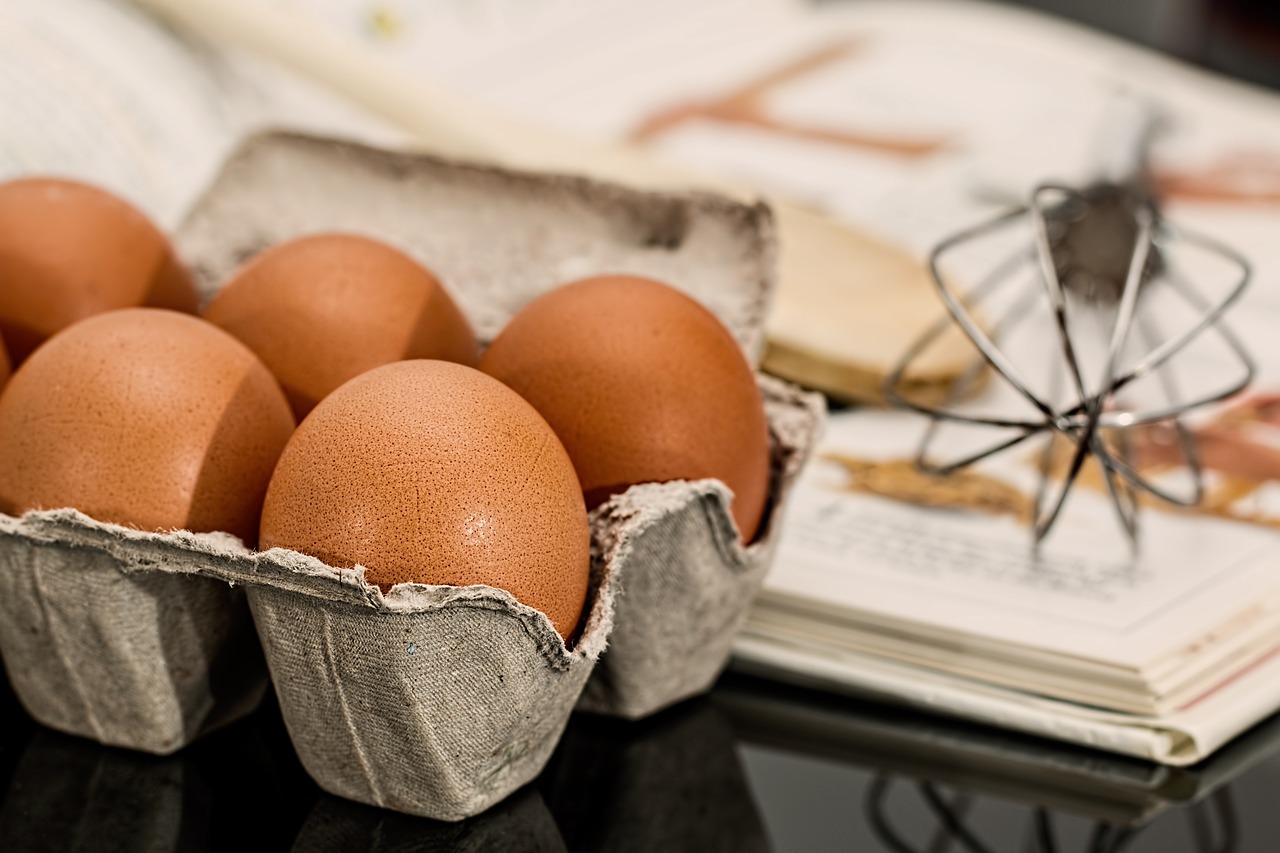 Image by Steve Buissinne from Pixabay
Image by Steve Buissinne from Pixabay
8. Cabbage
Commonly used in salads, soups, stews, and so much more, cabbage is one of those low-cost vegetables that you'll always want to keep on hand. Rich in nutrients and fiber, why wouldn't you want to buy some? And thanks to its notably long shelf life, it's not just a budget-friendly buy, it's also a practical one.
 Photo by Shelley Pauls on Unsplash
Photo by Shelley Pauls on Unsplash
9. Cornmeal
As a staple ingredient used in many cultures, particularly in Latin America and Africa, cornmeal is beloved for its versatility and low price point. You'll be amazed by how many different foods it can transform into! From breads to porridges, this just proves why it's a fundamental ingredient many low-income families rave about.
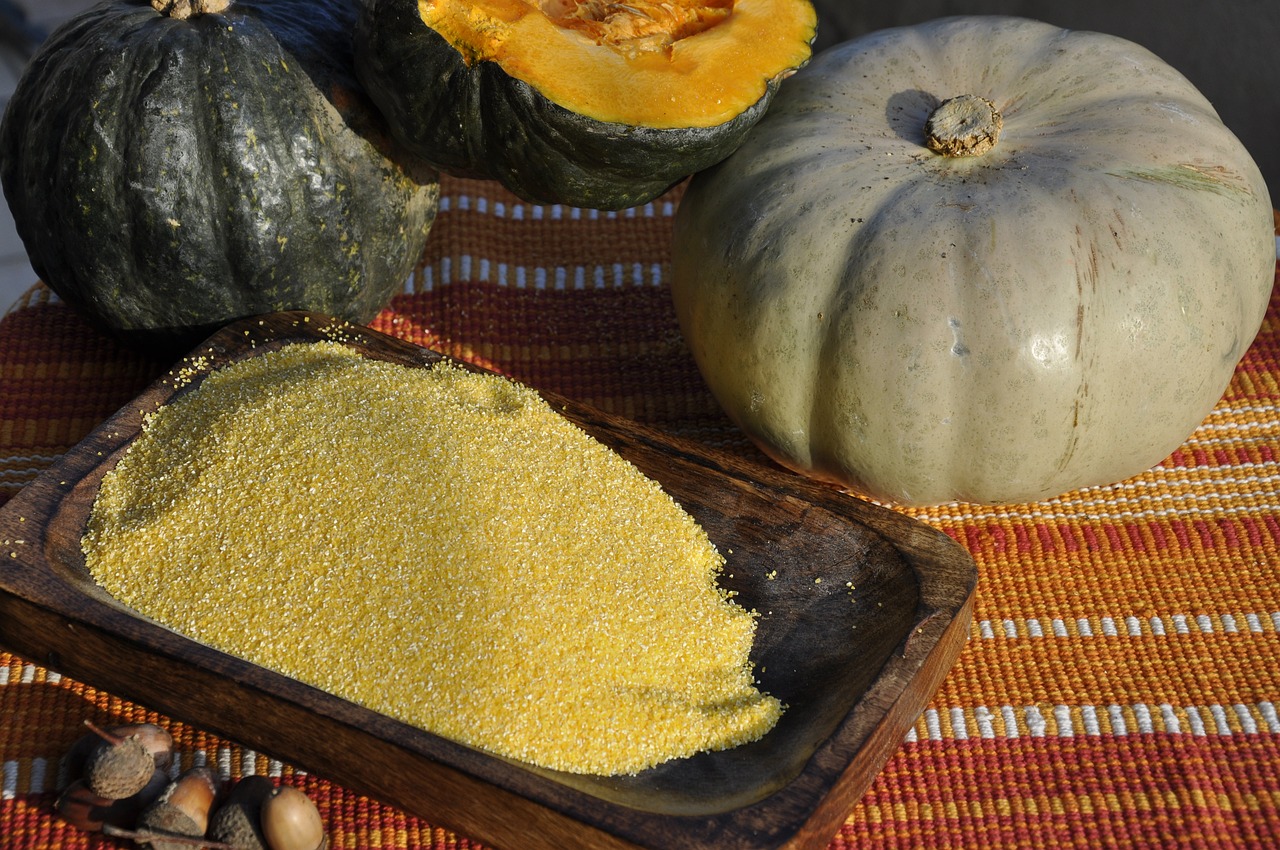 Image by BARBARA808 from Pixabay
Image by BARBARA808 from Pixabay
10. Bread
Bread is one of those foods that seems so simple, but always tastes delicious and comforting. It's also good on its own and when paired with other foods! So...doesn't that just make bread the ultimate food? For low-income families around the world, this might just be the case; when bought in bulk or baked at home, it's an inexpensive staple food that can always be appreciated.
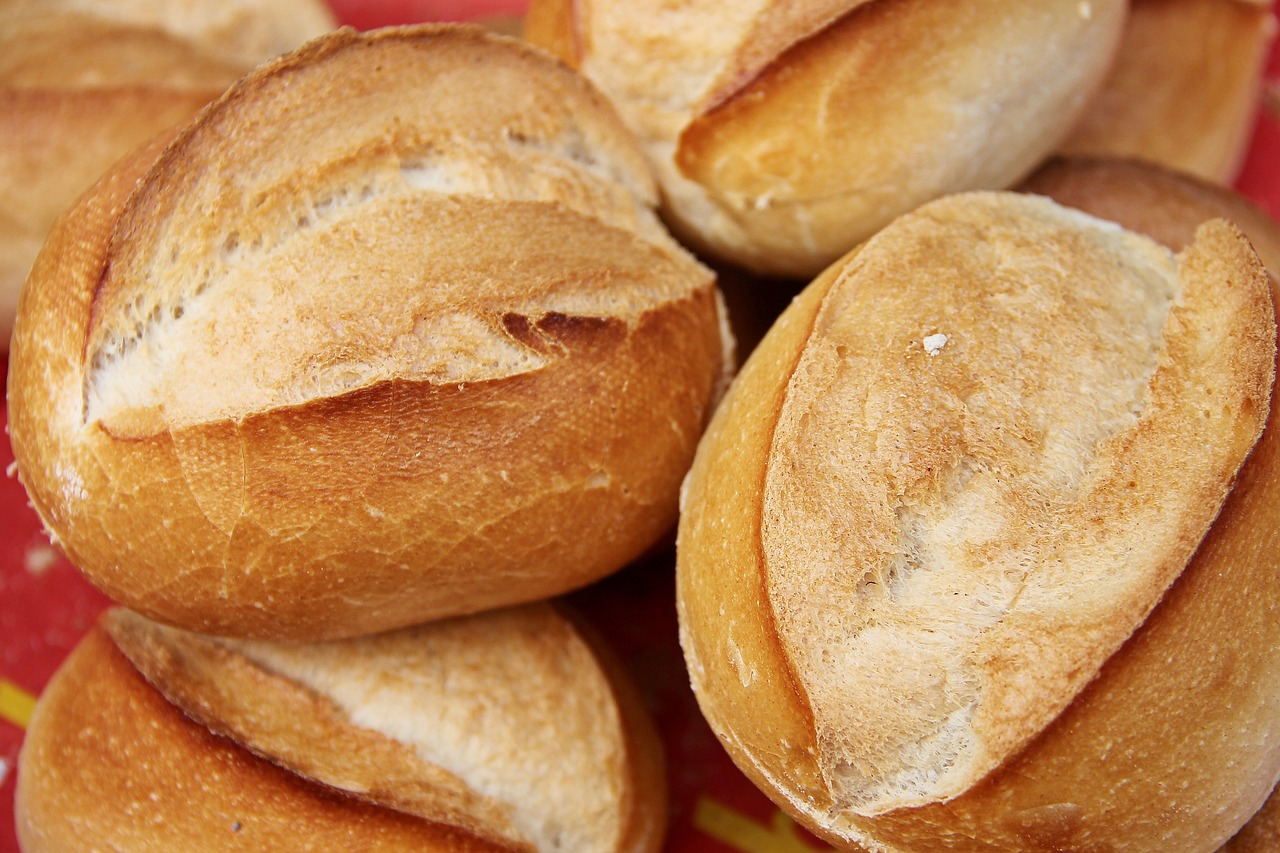 Image by Manfred Richter from Pixabay
Image by Manfred Richter from Pixabay
1. Caviar
When you think of expensive foods, caviar is likely one of the first things you think of. In movies, cartoons, and shows, they're always showing rich people eating caviar after all! It's basically synonymous with luxury dining at this point. With its delicate texture and salty, unique flavour, caviar is prized due to its rarity and the meticulous process required when harvesting and preparing it.
 Image by svklimkin from Pixabay
Image by svklimkin from Pixabay
2. Truffles
When you actually hear what truffles are, you might be confused as to why they're so expensive. Truffles are essentially edible fungi that grow underground, but it's the harvesting process that makes it so exclusive and costly. Requiring trained dogs or pigs to discover where they are, it's a pretty labour-intensive job. Combined with its distinctive aroma and intense flavour that make it feel luxurious, it makes sense why it's got a high price tag.
 Photo by CHUTTERSNAP on Unsplash
Photo by CHUTTERSNAP on Unsplash
3. Foie Gras
With a name that fancy-sounding, it makes sense that it's expensive, right? Made from the fattened liver of ducks or geese, foie gras is super rich and buttery, often enjoyed on its own or as a spread. But despite its status as a luxurious item, its production process is quite controversial, which is starting to give it a bad rep.
 Nikodem Nijaki on Wikimedia Commons
Nikodem Nijaki on Wikimedia Commons
4. Wagyu Beef
To experience the most exquisite meat tasting, you have to try Wagyu beef which is renowned for its extraordinary marbling, tenderness, and flavour. Originating from Japan, the cattle used are raised under strict conditions, which is what leads the meat to becoming so expensive. Who knew meat could be so tender and flavourful though? It's definitely worth the extra money just to try it once in your life.
5. Saffron
Saffron is arguably the world's most expensive spice - and here's why. Harvesting saffron is a long, difficult process as it requires thousands of flowers just to create an ounce of saffron threads! That being said, we can't deny its unique flavour is one that elevates dishes, making it obvious as to why it's such a prized ingredient across the globe.
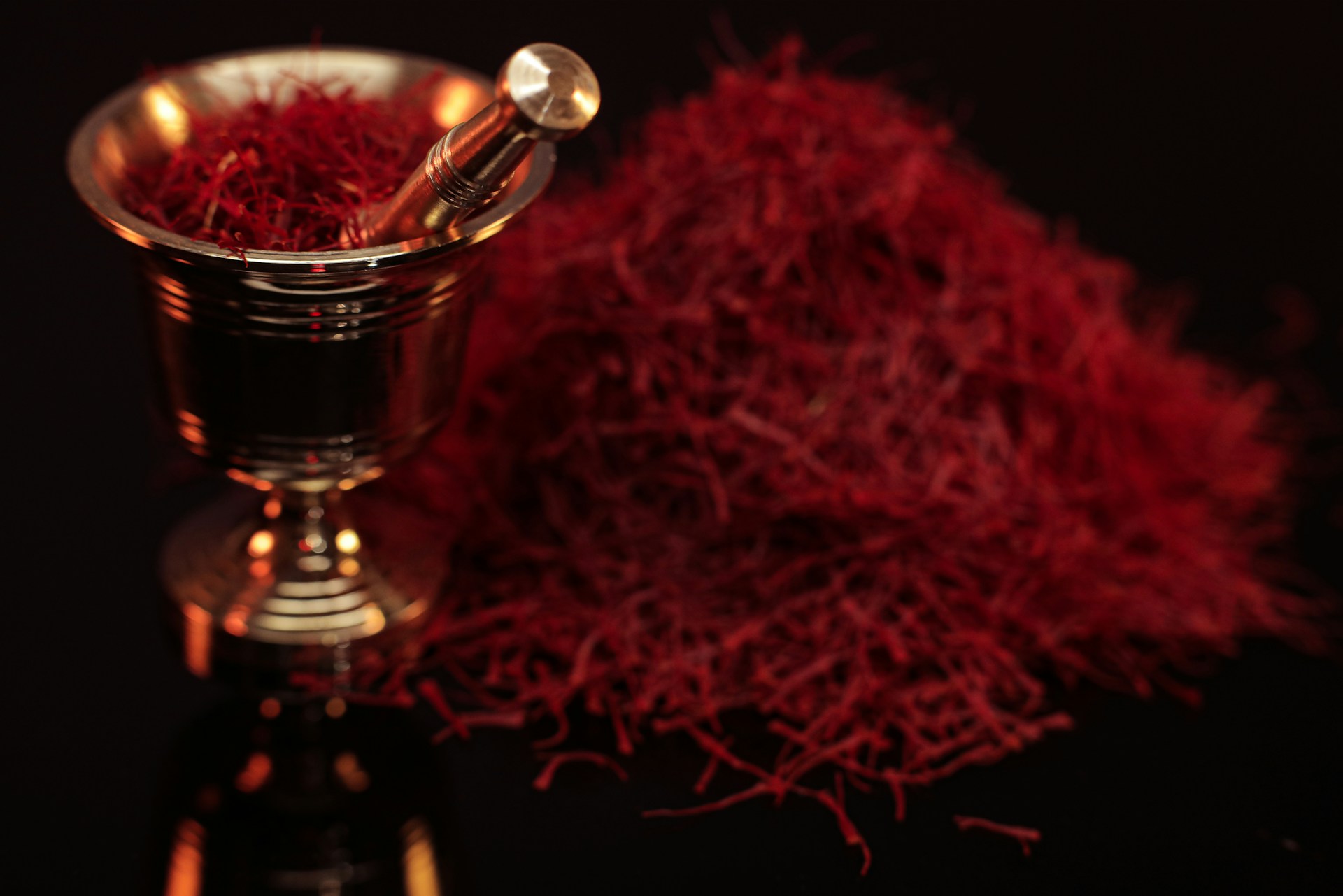 Photo by marlik saffron on Unsplash
Photo by marlik saffron on Unsplash
6. Lobster
You might call lobster the King of Seafood given its highly respected status as a luxury item. After all, when you're thinking of splurging on a meal, lobster might be one of the dishes you'd consider. While it wasn't always seen as an expensive delicacy, its status has evolved over time, now typically being associated with fine dining and special occasions.
 Photo by David Todd McCarty on Unsplash
Photo by David Todd McCarty on Unsplash
7. Champagne
Luxurious alcohol? That's got to be champagne right? Known for its signature bubbles, champagne is typically seen as a prestigious sparking wine, maybe because it comes exclusively from the Champagne region of France. Anything French just seems a bit more expensive, doesn't it?
 Photo by Tristan Gassert on Unsplash
Photo by Tristan Gassert on Unsplash
8. Matsutake Mushrooms
Generally used in Japanese cuisine, Matsutake mushrooms are an elusive product that every chef wants to get their hands on. Known for its distinctly spicy, aromatic smell, this product is so expensive given that it scarcely grows and is difficult to cultivate. So if you ever get to try some in traditional dishes like sukiyaki or tempura, consider yourself very lucky.
 Tomomarusan on Wikimedia Commons
Tomomarusan on Wikimedia Commons
9. Iberico Ham
Iberico ham is not your typical ham you'd throw in your ham and cheese sandwich - it's a cured ham produced all the way in Spain and Portugal from the, you guessed it, Iberico pig. This ham is unlike anything you've ever tasted. It's rich, savory, and has a surprising melt-in-your-mouth texture that you typically wouldn't associate with this type of meat. To achieve this, the pigs are often fed a diet of acorns, which creates the ham's unique flavour profile, leading to its premium price.
 Photo by Daniel Uvegård on Unsplash
Photo by Daniel Uvegård on Unsplash
10. Kopi Luwak
Kopi Luwak, or more commonly known as civet coffee, is one of the most expensive coffees you'll ever find. While you're already complaining about your $7 Starbucks drink, imagine paying a premium for coffee that is made by beans that were eaten and excreted by the Asian palm civet. Yes, you read that right. While you might be grossed out initially, this unique process is believed to improve the coffee's flavour, explaining why it's seen as a luxurious product.
KEEP ON READING

Happy Winter! Let's Make Indoor S'mores




